Azawakh
The Azawakh is an ancient hunting hound that originated in the Sahel region of the Sahara Desert. The breed is named after the Azawakh Valley in the Sahara. Developed by nomadic tribes, the Azawakh was used for protection and as a travel companion for centuries. They were also bred to hunt hares, antelopes, and wild boars. These dogs are passionate hunters. It is believed that this breed first came to Europe in the 1970s and to the United States a few years later.
FUN FACT: On October 31st, 1987, the first Azawakh litter was born in the United States.

Height:
23,5-29 in (60-74 cm)

Weight:
33-55 lb (15-25 kg)

Origin:
Mali

Life Expectancy:
12-15 years
Dog Breed Characteristics
These dogs are extremely slim and very elegant, with a general impression of great slenderness. Their bone and muscle structure are clearly shown through their thin and dry skin. Although Azawakhs look skinny and undernourished (their bone structure shows clearly through the skin and musculature), these dogs are powerful and strong with lots of stamina.
Their muscles are "dry," meaning that they are quite flat. Azawakhs are tall dogs with deep chests and aerodynamic heads. Their eyes are almond-shaped. They have been imported and introduced to the western civilizations somewhat recently (50 years ago), but these dogs have been registered, and they have full standards in place in most of the major cynology associations.
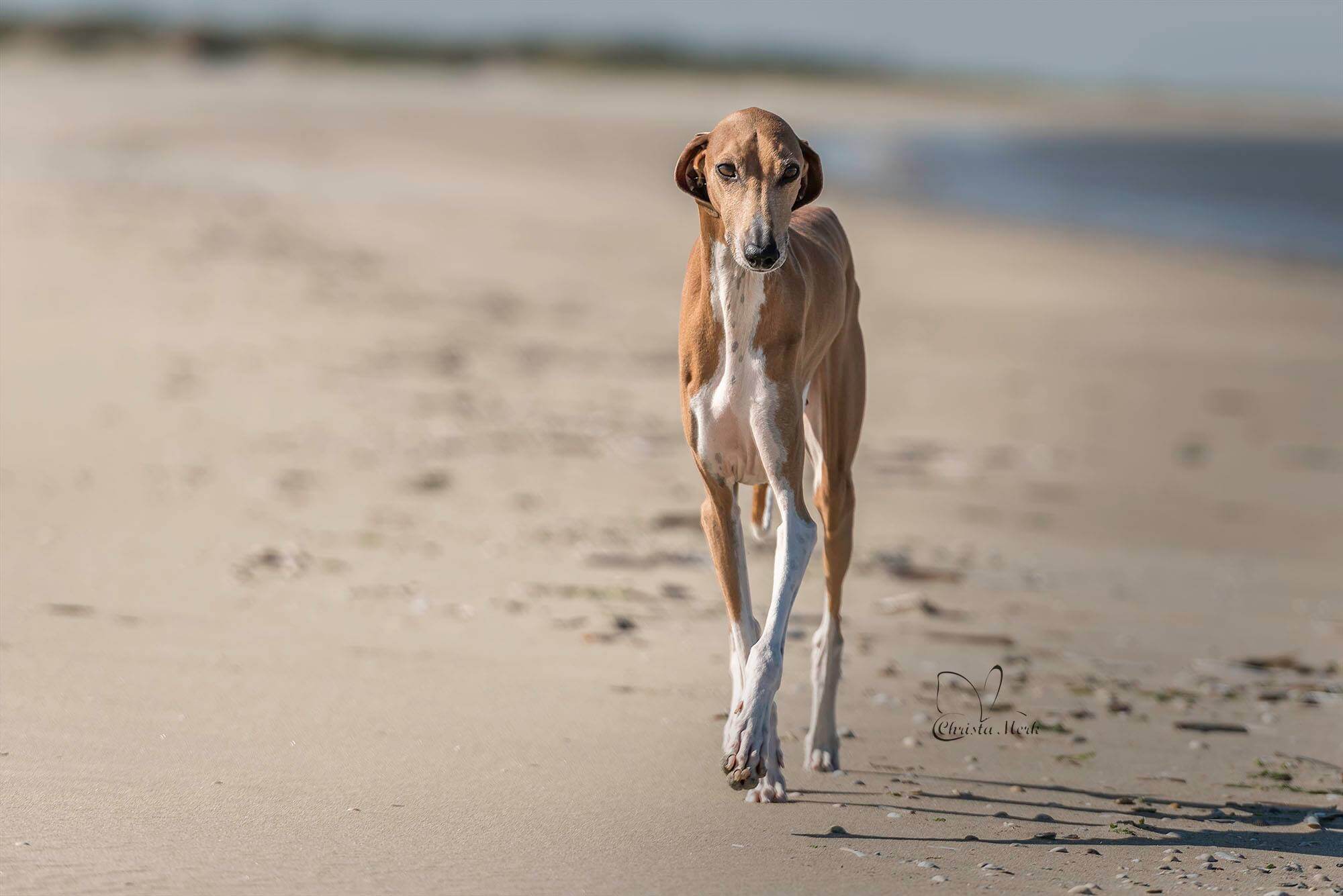
Coat and grooming
Azawakh’s body is covered with a short, smooth coat that comes in a variety of colors and patterns, including clear sand to dark red, white, black, blue, gray, brindle, grizzle, parti-color (which may be predominantly white), and all shades of brown, including chocolate. The head may have a black mask, and there may be white markings on the legs and at the tip of the tail. There might be no hair on the stomach. The coat requires minimal upkeep. Weekly brushing with a soft-bristle brush will be enough.
These dogs don’t require regular bathing since they are used to living and hunting in the African environment and a very dry climate. Cleaning your dog shouldn’t be a problem since getting dirt off of your Azawakh can be achieved with a wet towel or wet wipes. If you do bathe them, keep in mind that these dogs have extremely dry and sensitive skin so you should use mild and soft shampoos. Many options can be found in your local pet stores or online.
Make sure to check their ears for redness or any signs of infection. Clean their ears with cotton wipes or cloth, and never insert anything in their ear canal. You can use a mild cleaning fluid, but it would be best to ask your Vet for advice. Clip their nails if you hear them clicking on the floor while your dog walks, and try to brush their teeth at least three times a week to prevent tartar buildup and avoid any potential oral problems.
Speed
The Azawakh is an active breed that needs daily exercise to keep both mind and body healthy. These dogs have high energy levels and tremendous endurance. They make awesome running partners and can run in weather over 100 degrees Fahrenheit. They are known for their speed, as they can reach up to 37 mph (60 km/h).
Because of their African background, they don’t like rain and cold temperatures. They get cold easily, so consider picking out a sweater for your dog before heading out in cold weather. Azawakhs should be provided with regular runoffs in fenced areas to keep them happy and healthy. These dogs are always on the alert for moving objects, so make sure you walk them on a leash and don’t let them run too freely in an unfenced area.
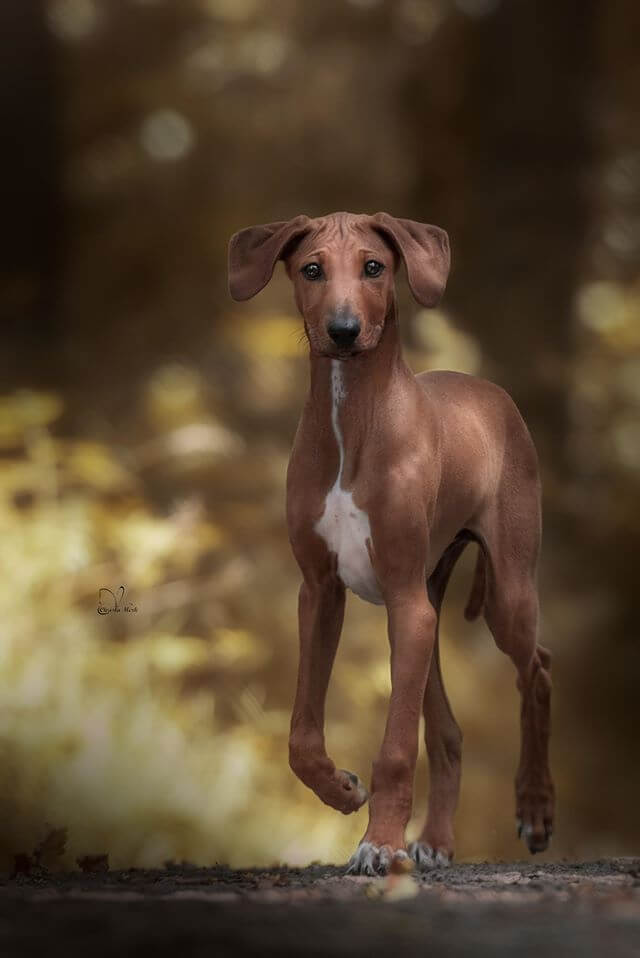
Temperament
Azawakhs are affectionate and gentle with their families, but they can be standoffish toward strangers. They don’t like being touched by people they don’t know, and they typically observe for a while before approaching. They are loyal and very protective of their family and home.
Training and socialization
Azawakhs are very intelligent and also fiercely independent. Because of that, training must start early. These dogs don’t respond well to harsh treatment. Azawakhs are proud dogs, and yelling and punishing them can cause a loss of motivation for learning and result in unwanted behavior. They require reward-based training from their owners. Positive, reward-based training will give you an obedient, loyal dog.
Socialization is a big part of every dog’s life, and Azawakhs are no different. They are big and strong dogs that aren’t too fond of strangers, and without proper socialization, they can develop problematic behavior. Start the process of socialization as soon as your puppy arrives at your household. Start putting them in different situations and introducing them to different sights and sounds.
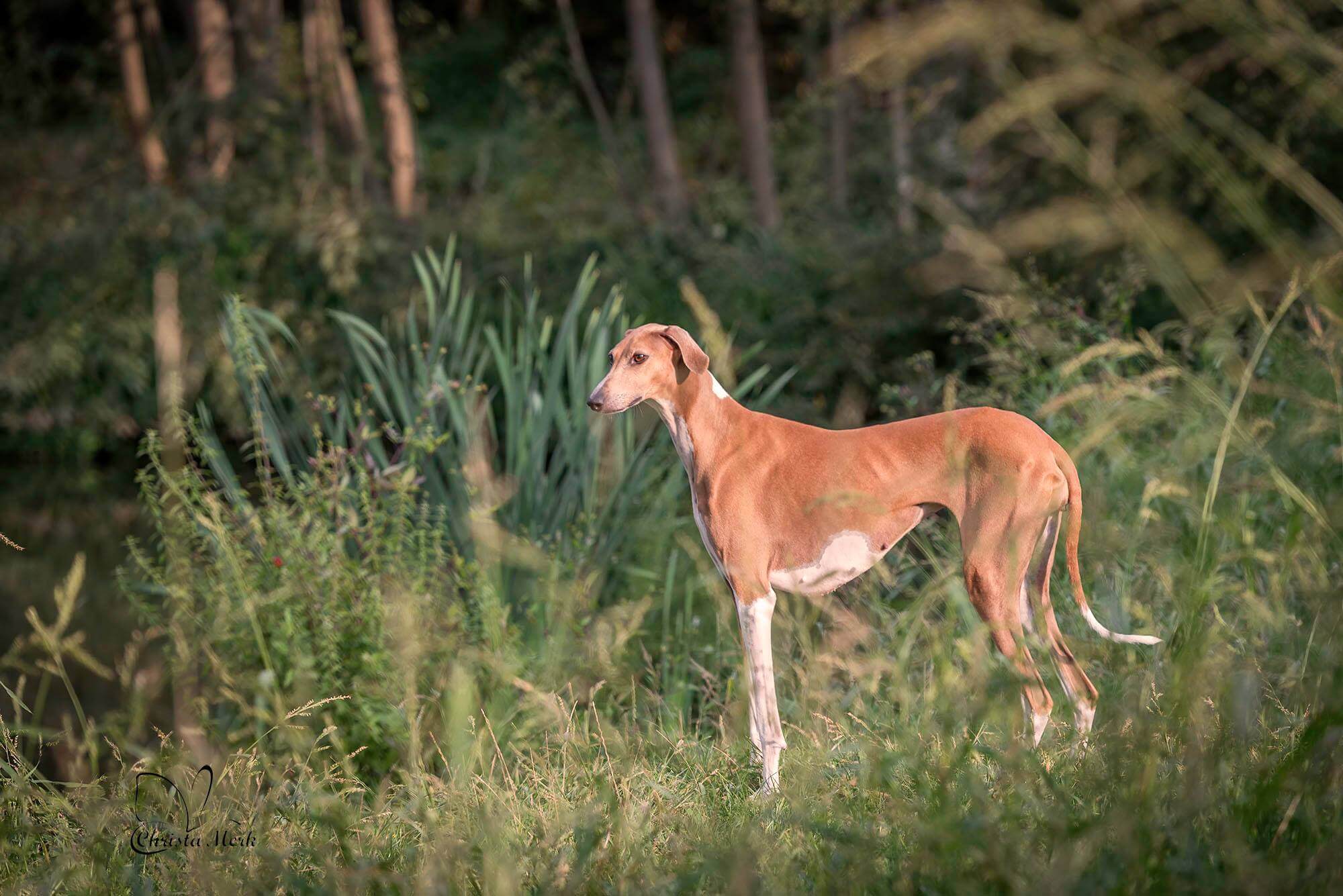
After they receive all of the necessary shots, you can start introducing them to different puppies, dogs, and people. Ensure all their activity needs are met daily so they do not develop problematic behavior or become bored and destructive. Proper socialization will make sure that your puppy develops into a well-behaved and well-rounded dog with no behavior problems.
Azawakhs and children
This is an ancient breed that has been bred for hunting and guarding, so it might not be the best fit for a family with children. They have a high prey drive, and small children who love running and playing might trigger that prey drive. After that, it is most likely that the dog will chase and knock the child to the ground.
These dogs prefer doing their own thing, and some of them don’t like to be touched. Socialization can help with that potential character trait, but not even socialization can erase thousands of years of evolution and genes. They are suspicious by nature and can have a difficult time adapting to living with children.
These dogs also tend to attach to one person, and they will “accept” the rest of the family. Children need to learn strict rules about interacting with these dogs, and they have to obey them. Azawakhs do not like their personal space being violated and will not allow rough handling or teasing from children of any kind.
If you are interested in getting a big sighthound and you have children, we would highly recommend trying to pick another breed rather than Azawakh.
Other pets
In their native land, these dogs live in packs with detailed social hierarchy and order. They are capable of living with other dogs, but as we already mentioned, they do have a high prey drive and can mistake smaller animals for prey that they need to catch. Azawakhs prefer the company of other dogs more than they prefer the company of strange people.
However, before they can peacefully coexist or live with other dogs, a pack order needs to be decided. They are dominant by nature, and they will automatically go for the highest position in the pack. That will inevitably lead to aggressive outbursts and fights. Unneutered males are especially prone to these types of behaviors.
After the initial dust settles and Azawakhs manage to form a bond with other dogs, they are known to develop an extremely strong bond and loyalty towards those dogs. They are not too fond of unknown dogs and often have problems with them. Even with the best socialization, they will remain suspicious and distant towards other dogs and can even attack them if they feel their pack position is in question.
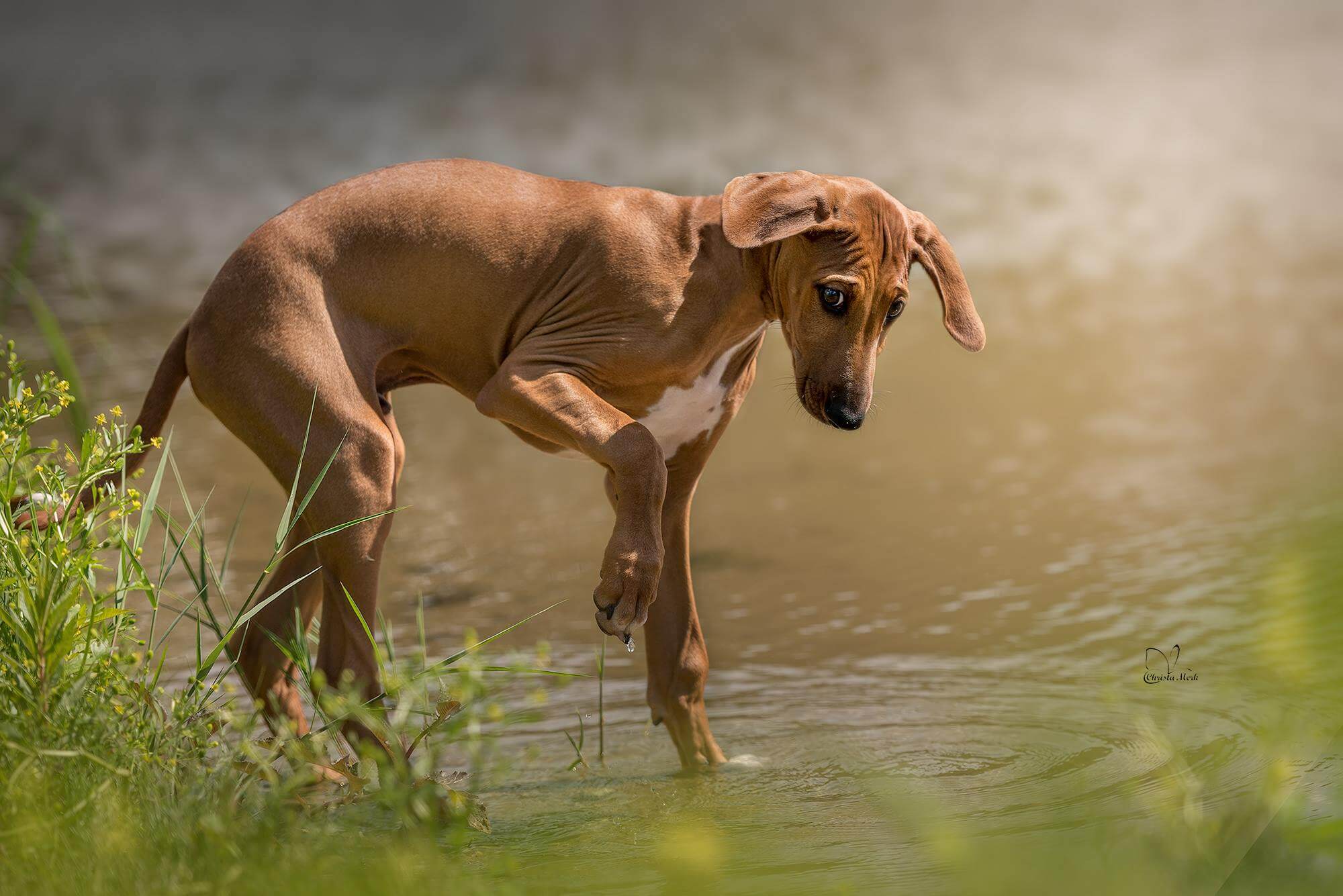
FUN FACT: These are pack oriented and form complex social hierarchies. They thrive on the companionship of other Azawakh.
Health problems
Azawakhs are generally healthy dogs and have a life expectancy of 12 to 15 years. As most breeds are, Azawakhs are also more sensitive and prone to some health conditions.
They are prone to
- hip dysplasia,
- Wobbler disease (a disease of the cervical spine),
- Demodectic Mange that causes skin irritation and requires immediate treatment.
- Seizures.
Azawakh breeders
This breed remains somewhat rare outside Africa, so it is extremely important that if you do want to buy one, you find a registered and reputable Azawakh breeder. That way, you will be sure you will get the best possible dog and not get scammed in the process.
Before searching for a breeder, make sure that this breed is a good fit for you and your home. These dogs require a lot of energy and work and you have to be prepared to make such a commitment over the next 12-15 years. Try and ask the breeder as many questions as possible since they have a significant time in their life with these dogs and can certainly give you good advice. Ask your breeder to show you all their breeding documents and valid breeding licenses. Ask them also for advice on which puppy to get, as they should know their dogs the best.
FUN FACT: This is an extremely rare dog breed and, thus very expensive. The average price of the Azawakh puppy is around $2000.00 – $2500.00 per puppy.
World Dog Finder team

Updated at07.09.2023.
Breed History
This dog breed's exact origin is still somewhat of a mystery, and most canine historians believe that these dogs originated in the area of the modern African countries of Niger, Burkina Faso, and Mali. They came from the sighthound family of the Afro-Asiatic type and were primarily raised in the Sahel region, as we already mentioned. These dogs were loyal companions and hunting partners of the native tribes of that region, and the most famous of those tribes were the Tuareg.
Not much was known about this breed before the late 20th century when a Yugoslavian diplomat imported the first specimen of this breed to Yugoslavia. The name of that diplomat was Dr. Pecar. The nomadic African tribes of the Sahel region did not sell these dogs; on the contrary, that was strictly forbidden. Dr. Pecar was their guest, and one male specimen of the Azawakh breed was given to him as a gift. Dr. Pecar fell in love with this dog, and after a brief period, he wanted a female companion for his new dog.
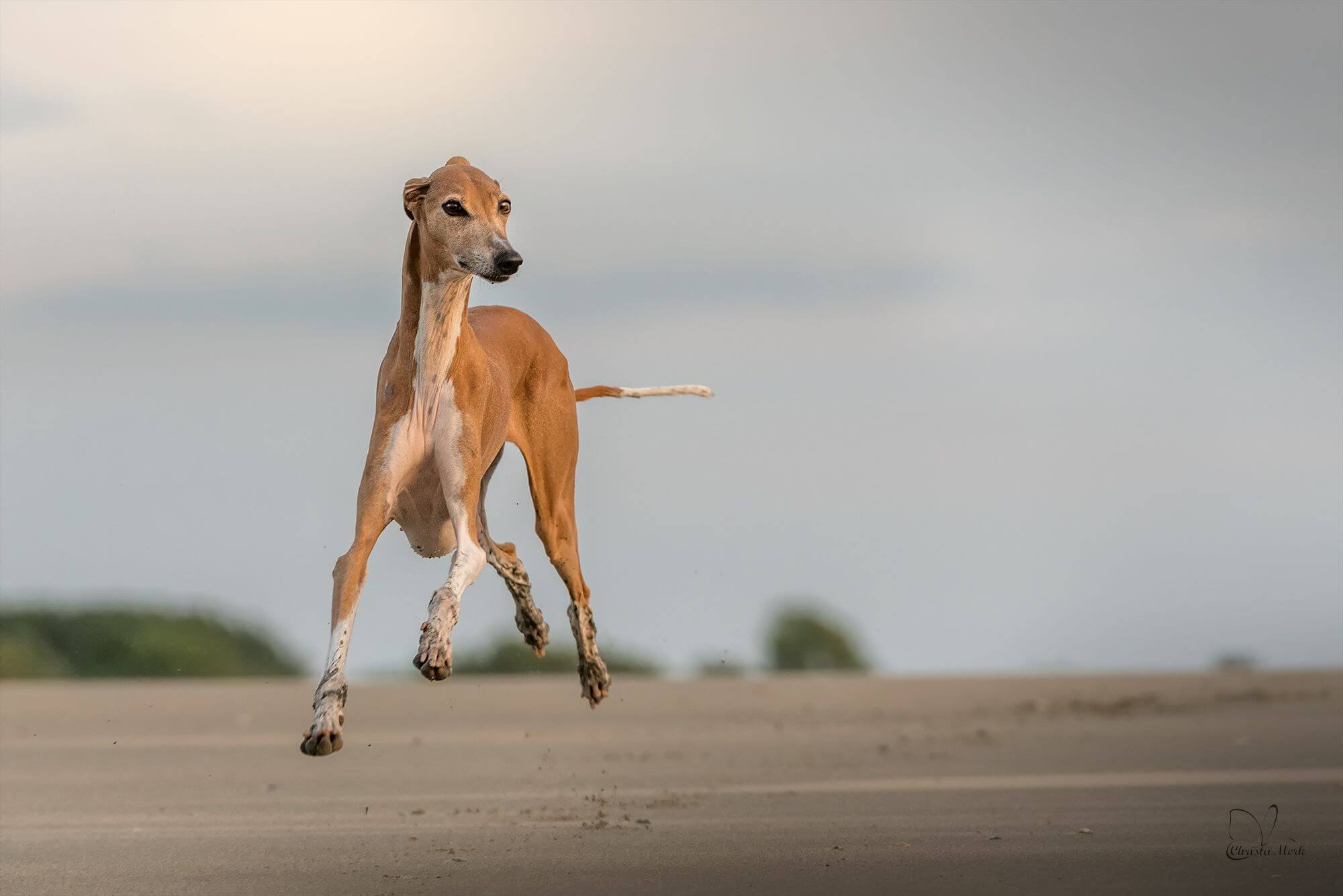
As we said, these dogs were not for sale, so he had to earn one by killing a large elephant bull that had been terrorizing the tribe. That was the first recorded case of Azawakhs being exported from Africa to a European country. After that, France played the biggest role in exporting these dogs, and they are even considered as a patron country of this breed according to the FCI rulebook.
First, Azawakhs were imported to the United States of America in the 1980s, and the first litter came soon after. Soon after the European importing of these dogs, they made a debut in the show ring and were exhibited as a variety of the Sloughi dog breed. In their beginnings, these dogs were named Sloughi-Azawakhs.
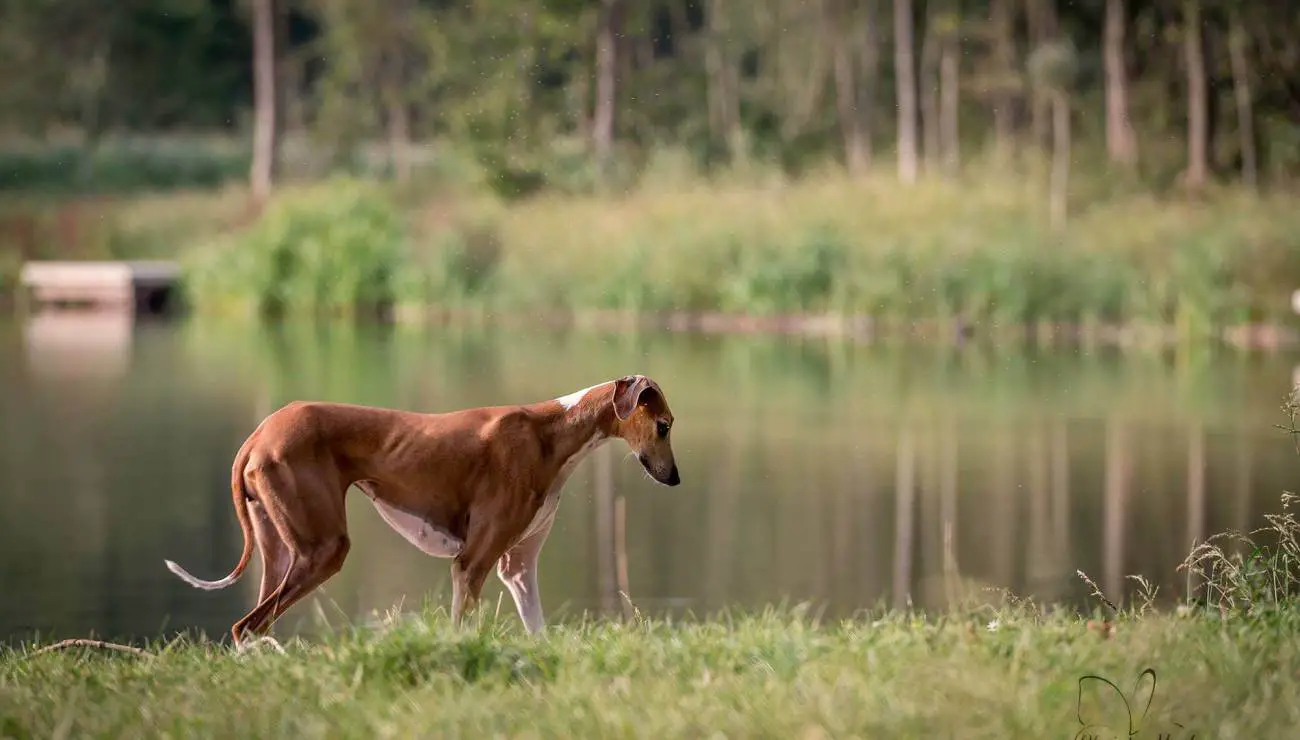
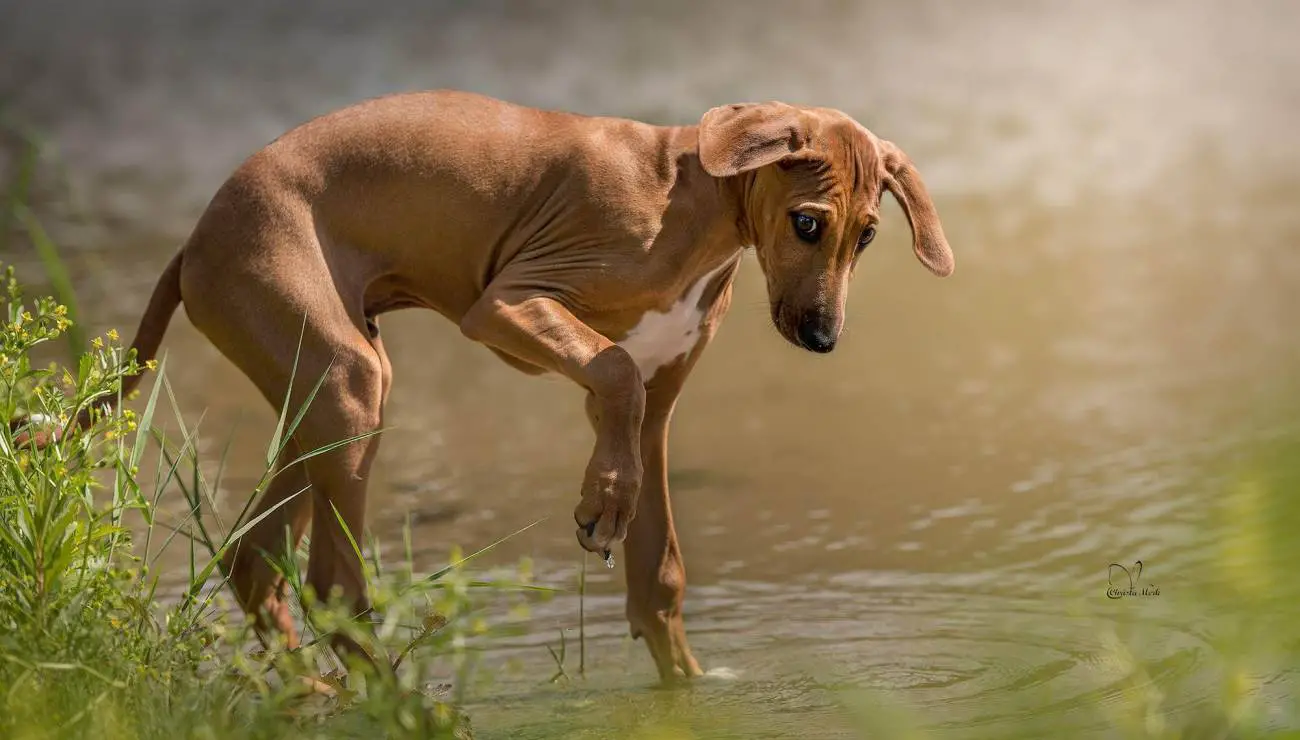
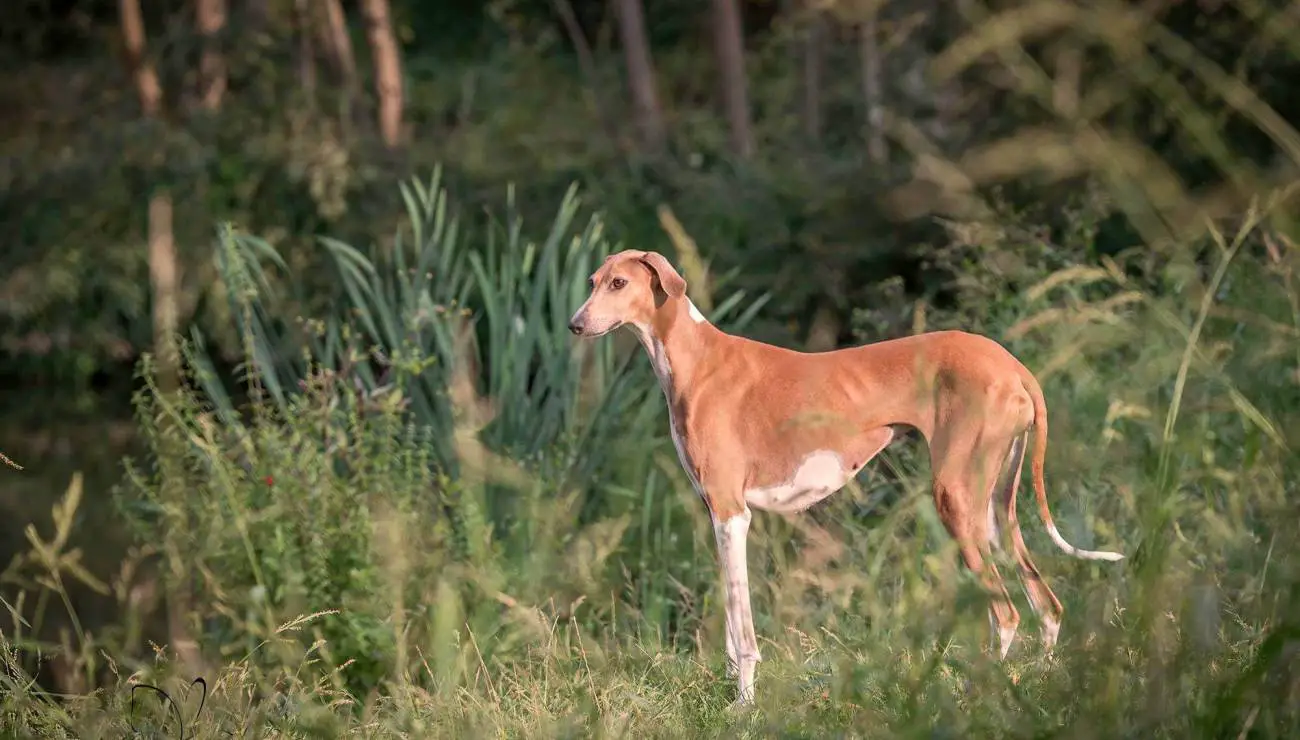
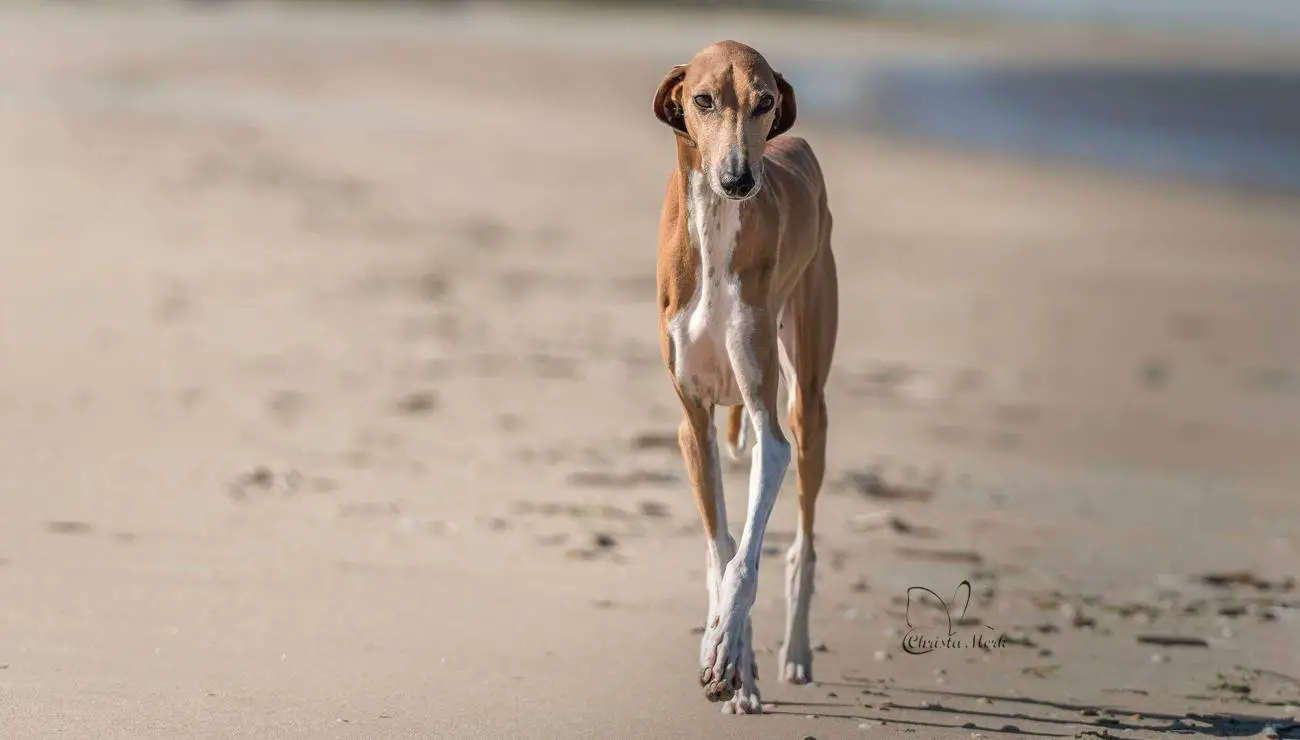
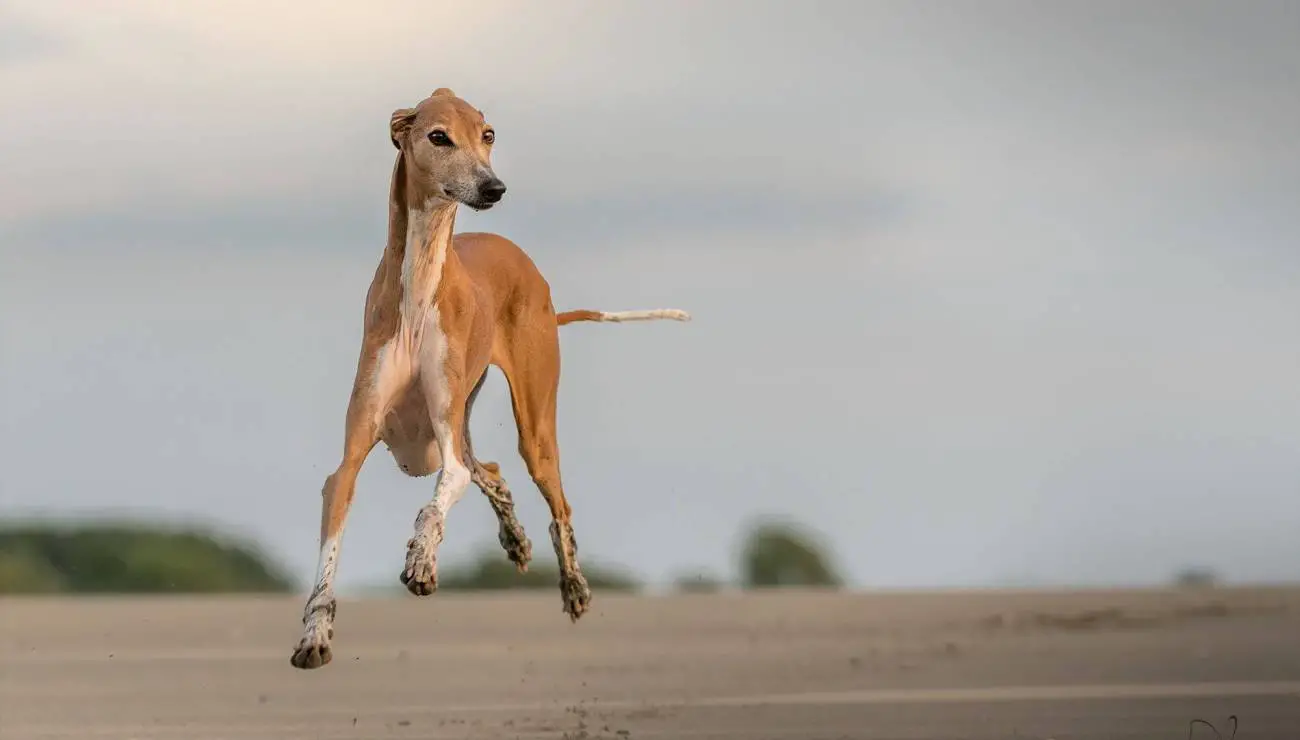


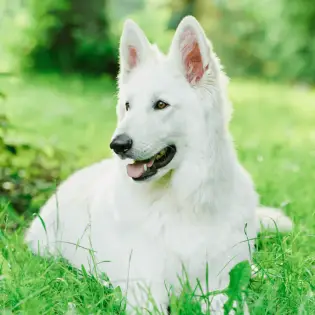
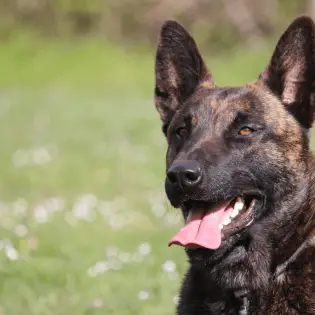


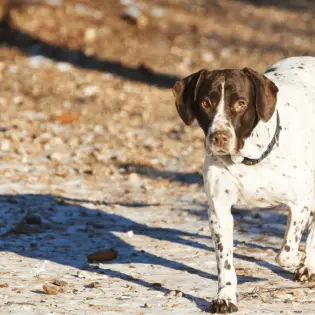

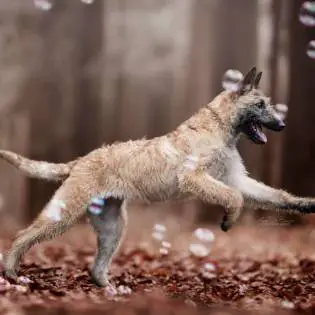


Share